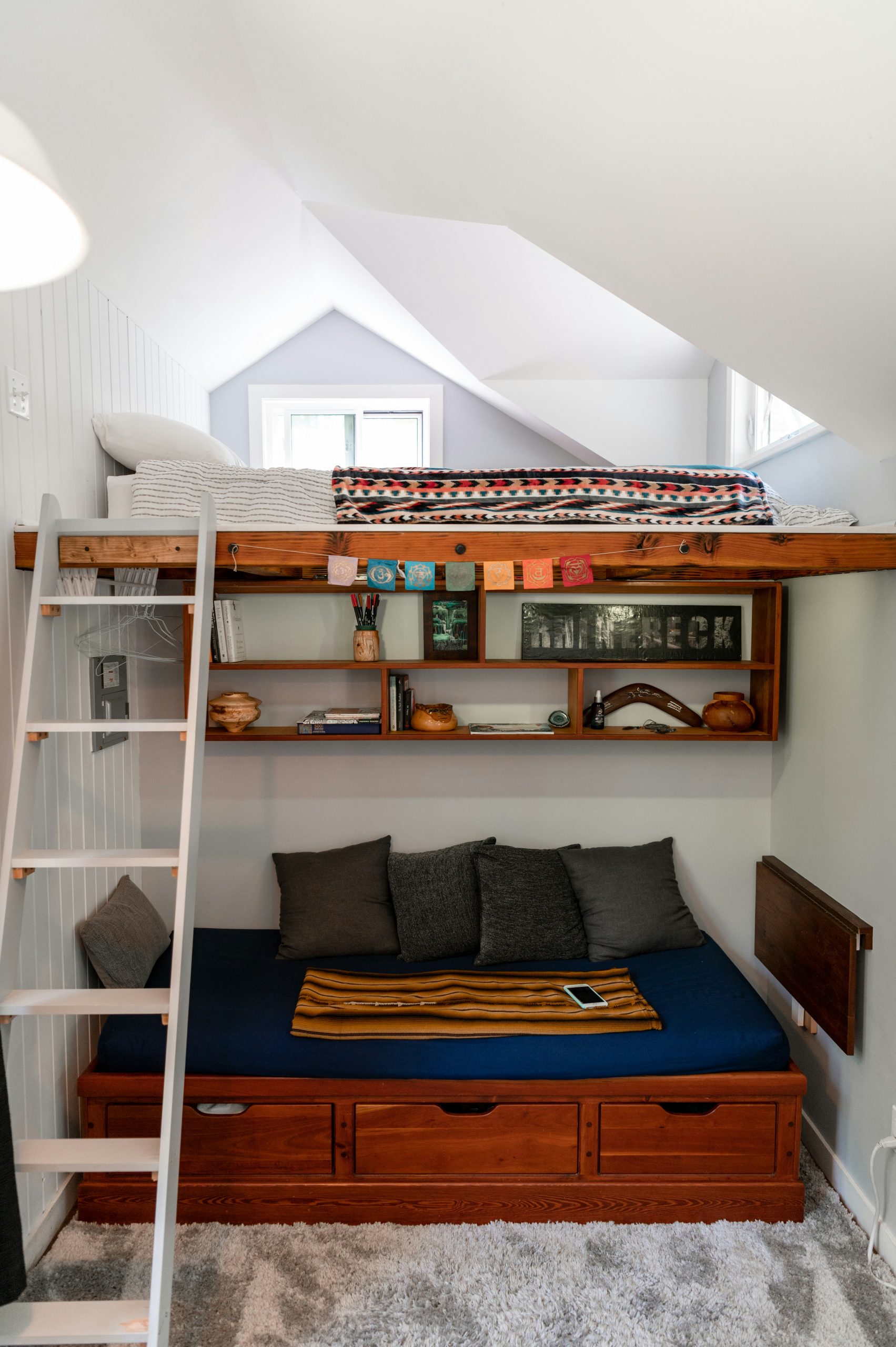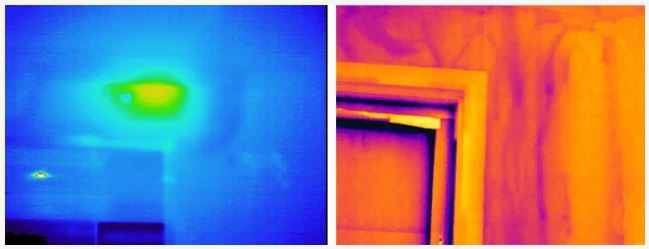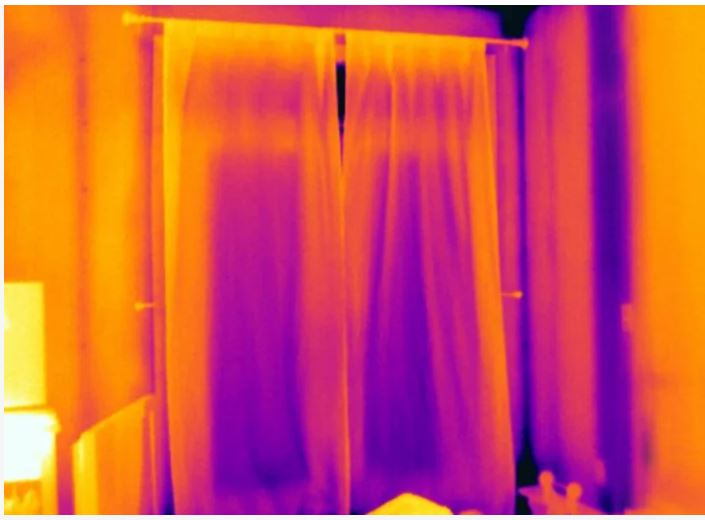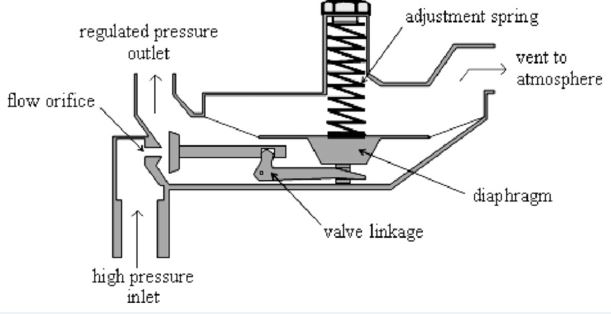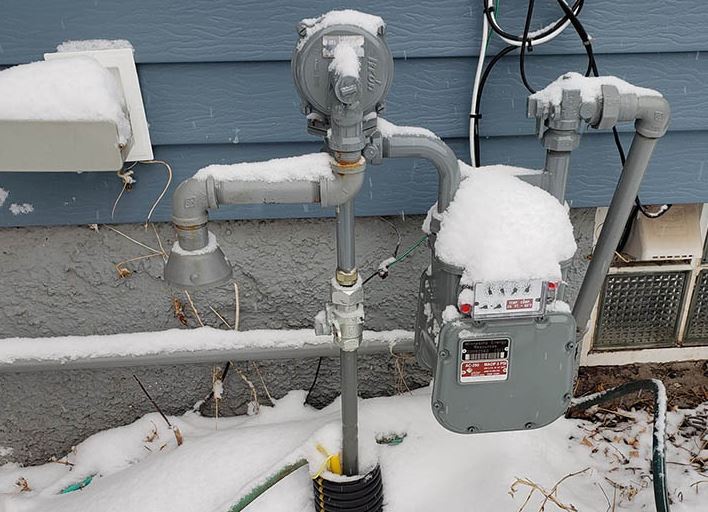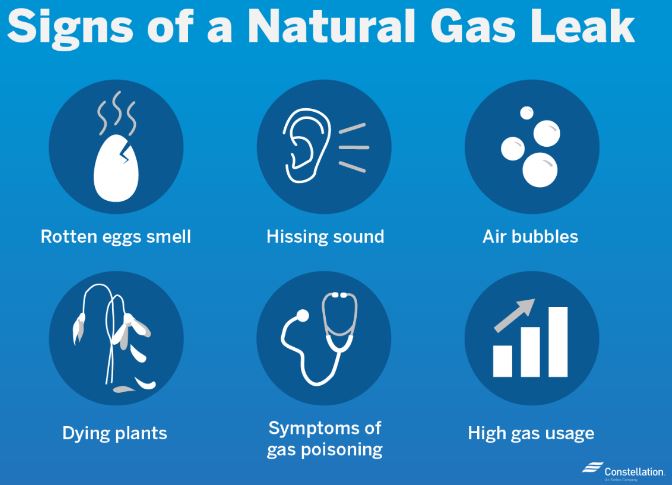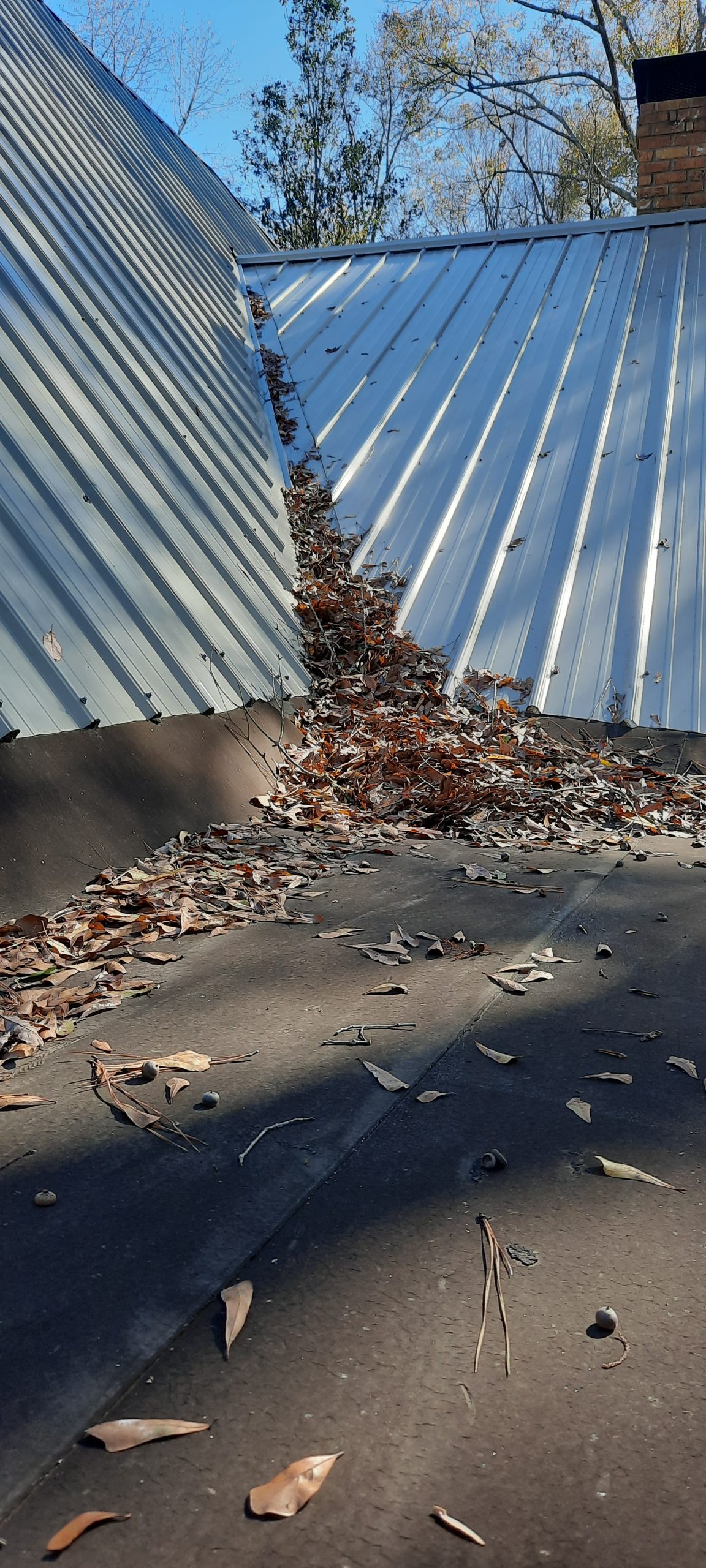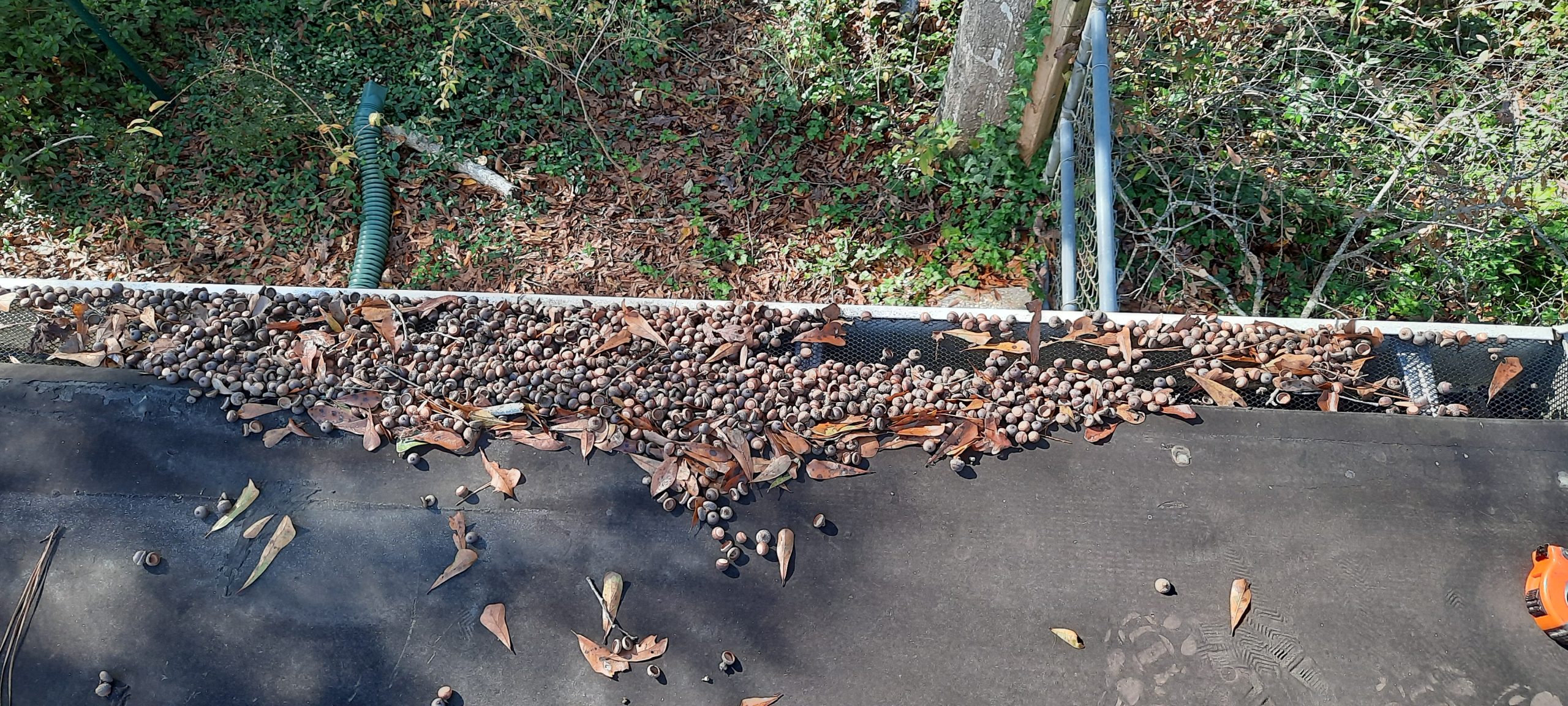PSA: How to quickly shut off water to your home, and systems that can do it automatically
PSA: How to quickly shut off water to your home, and systems that can do it automatically
Think quick: do you know where your home’s water shut-off valve(s) are? Imagine for a moment that you hear the sound of water gushing in the kitchen, and walk in to find it pouring out from under the kitchen sink. If it’s not the dishwasher or kitchen faucet, then the leak may be in the wall–what do you do?
Emergency water leaks are a realistic scenario, and every year, 1 in 12 homes experience a leak. That’s more often than burglary or fires! (Plumbing Leak Facts) Therefore, it should be top priority to find your home’s water shut-off valve right away, and show it to other family members/housemates so that they know what to do, too. It’s a good idea to practice gently closing and opening these valves every so often so that you know they work. We use the term “gently” because old plastic valves and old plastic lines can break if they are manipulated with too much force! If they are in bad repair, it’s time to replace them (or call a plumber to replace them) asap.
There could be multiple main water shut-off valves. They are typically: (Two methods to turn off your homes water supply)
- In the main riser– this is where the water pipe comes out of the ground outside, and enters the home through the side. If you live in a cold climate, there may not be an exposed valve outside to avoid freezing!
- In the garage or basement. Normally it’s in the wall next to the garage door.
- At the water meter box, you can use a meter key (special long-handled wrench) to shut off the water to the whole home.
- If you live in an apartment, there is one valve that serves the whole apartment. It’s usually near your hot water heater or in a utility closet.
If you know where the water is coming from and you can shut it off at a specific appliance, go for it! Here are the locations of specific water supply valves throughout a home: (How to shut off water supply in an apartment)
- Toilets: Below and behind the toilet at the wall. These can be ¼ turn valves or fully opening and closing valves.
- Refrigerator: You’ll need to pull out the refrigerator to access the valve that supplies the icemaker; it’s usually recessed in the wall. These are usually ¼ turn valves.
- Dishwasher: look underneath the sink for a supply line that goes toward the dishwasher.
- Kitchen and bathroom sinks: under the sink, there are usually two for hot and cold.
- Washing machine: the valves should be about 2-3 feet off the floor behind or next to the machine in the wall.
- Water heater: first, shut off the gas or electricity to the water heater. Then, shut off the water supply by closing the valve(s) on the lines coming into the water heater at the top. Then, relieve pressure to the lines by opening a sink faucet. You can also help the water heater to drain to an appropriate place (like outside) by connecting a garden hose to the drain valve on the side, and opening the valve. (How To Turn Off a Leaking Water Heater)
- Showers and baths: if there is not an access panel in the opposite side of the wall where the shower/bath valves are located, go and shut off water at one of the main supply valves mentioned above.
Here’s a trick if the main shut-off valve(s) is not closing all the way, and water is continuing to come in at a reduced rate. You can open the other faucets with drains in the home, like bathtub, sinks, etc., to relieve pressure at the leak until the plumber can get there.
Now that you know where your water supply valves are, you might want to consider automatic water shut-off options. There are many systems that can shut off your whole home’s water supply, but they fall into 2 categories: moisture detection and flow sensing. Basically, the water valve is shut off if the system senses water on the floor (via water detectors scattered around the home) or if the water flow in the main supply exceeds a pre-set user amount (water runs for too long). Here are some pros and cons for these systems:
System | Leak Detector System | Flow-Sensing System |
Pros |
|
|
Cons |
|
|
Here are some systems for each:
Leak Detection: We spoke about individual leak detectors in this article, but the systems below can also shut off water:
- Phyn ($50-579) offers leak detection via moisture-detecting “pucks” you can place around your home under sinks and other water appliances, but it also has a “smart water assistant” that can notify you of leaks via pressure waves in the system in both your hot and cold water lines. It also has a “plumbing check” function to detect pinhole-size leaks. The Phyn Plus will shut off your water in case leak parameters are exceeded.
- YoLink has a variety of water leak sensors that connect to their hub and thus can be programmed to activate an automatic water shutoff valve that is connected to the same app.
Flow-sensing:
- Water Hero ($900-1250): This is a whole-home system that is installed on the main water line just inside or outside (only in non-freezing climates) your home. The motorized valve is installed by your plumber, and then it can be activated when you connect the unit to wi-fi and set up the water usage parameters for your home online. If the water usage exceeds the parameters you set (for example, for 20 minutes continuously), the valve shuts, limiting water leakage in the home.
- FloLogic ($2000-2900): This is also a whole-home system that is installed on the water main line, indoors or outdoors (outdoors with precipitation protection). It has a more sophisticated flow sensor; FloLogic’s EverWatch™ leak sensing technology can see leaks in real time starting a ½ ounces per-minute (about a tablespoon). Normal water use happens in intervals. Leaks are constant. Once flow begins, FloLogic measures the time duration. If the flow time exceeds the allowance, a leak is suspected and the water is shut off automatically. The system can have a local control panel or app-based control.
- Moen Flo Smart Water Monitor and Automatic Shutoff Sensor ($500) is an app-based product that “learns” your home appliances’ water usages and can shut off flow when leaks are detected through their FloSense technology. The app is free with the product and the system is compatible with Amazon Alexa, Google Assistant, and Control4.
- YoLink FlowSmart Control: Meter & Valve Controller, $40-1180, is an AC or battery-powered device (4 AA batteries) that monitors water usage and will shut-off water if flow exceeds pre-determined limits you set on the app. This device requires a YoLink “hub” as it doesn’t connect directly to the app or your wi-fi.
There are additional considerations as well. Most of these valves are recommended to be installed by a licensed plumber. You’ll also need to check what kind of battery backup they have so that in case of a power outage, you’re still protected from leaks. If you don’t want wi-fi control, only one system (FloLogic) seems to have a local panel option instead of the app. Despite these details, the time and money you spend on selecting such a system could be “a drop in the bucket” compared to costly renovations from water damage if you didn’t have this protection. Busy lives and unattended homes need help to keep the water where it should be–in the pipes and drains!
Photo by Jimmy Chang on Unsplash


